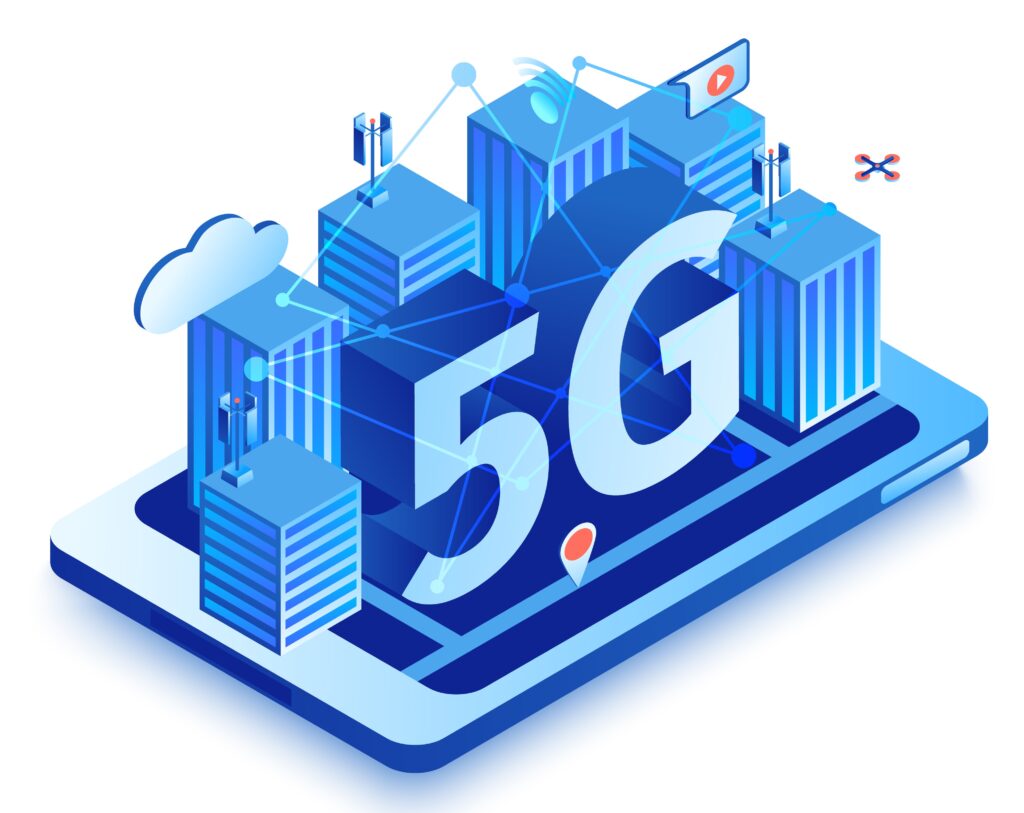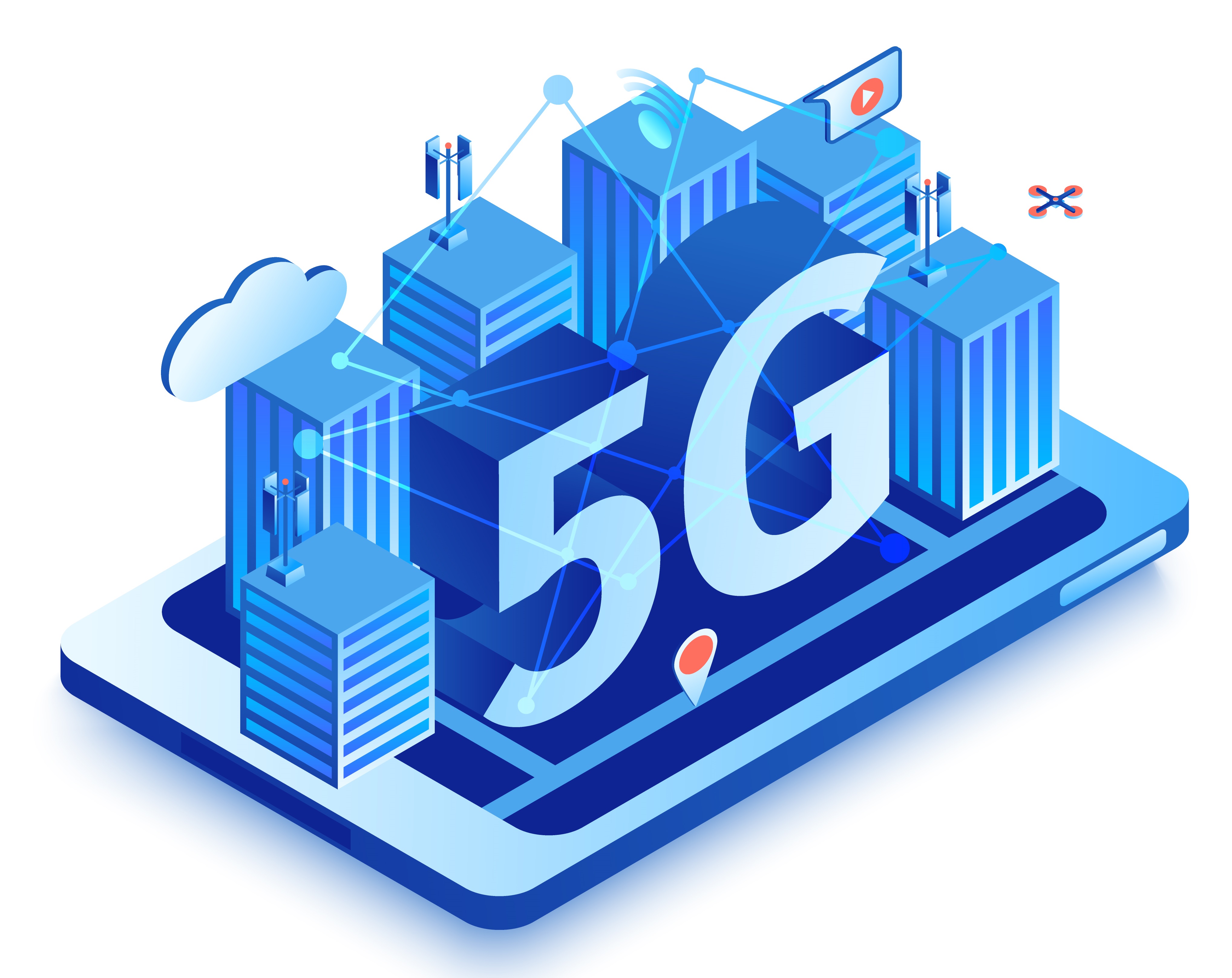In today’s digital age, the evolution of communication technology has reached an extraordinary milestone with the advent of 5G technology. The fifth generation of wireless technology, 5G, has emerged as a game-changer, promising unparalleled speed, lower latency, and enhanced connectivity. This article explores the revolutionary impact of 5G technology on connectivity and communication, revolutionizing industries and transforming the way we interact with the world around us.

Understanding 5G Technology
5G technology represents a significant leap forward from its predecessors, 4G and LTE. It operates on higher radio frequencies and utilizes smaller wavelengths, leading to an exponential increase in data transfer rates. The most notable advantage of 5G is its incredible speed, capable of reaching up to 20 gigabits per second (Gbps), making it nearly 100 times faster than 4G. This enables seamless streaming of high-definition videos, uninterrupted online gaming, and swift downloads. Moreover, 5G reduces latency, the delay between sending and receiving data, to as low as one millisecond, enabling real-time interactions.
Enhanced Connectivity and Internet of Things (IoT)
The proliferation of 5G technology fosters a hyper-connected world, where a multitude of devices can communicate with each other efficiently. The increased data transfer rate and lower latency ensure that interconnected devices function seamlessly, laying the groundwork for the Internet of Things (IoT) to thrive. From smart homes and autonomous vehicles to industrial automation, 5G’s connectivity paves the way for a more efficient and automated future.
Revolutionizing Industries
5G technology is expected to have a profound impact on various industries, ushering in a new era of innovation and growth. One such sector is healthcare, where 5G enables remote surgeries, real-time patient monitoring, and quicker access to medical data, thus enhancing healthcare outcomes. Similarly, in the transportation sector, autonomous vehicles can operate efficiently and safely with the help of 5G, leading to a reduction in accidents and traffic congestion.
The manufacturing industry is also set to undergo a transformation with the implementation of 5G-powered Industrial Internet of Things (IIoT). Enhanced connectivity and real-time data analysis can optimize production processes, minimize downtime, and reduce maintenance costs. Agriculture, too, can benefit from 5G-enabled precision farming, where IoT devices can collect data on soil quality, weather conditions, and crop health, leading to improved productivity and sustainability.
Transforming Communication
It is most evident in the realm of communication. With its faster data transfer rates, high-definition video conferencing becomes the norm, revolutionizing how businesses interact and collaborate. 5G facilitates virtual and augmented reality applications, enabling more immersive experiences for users, from gaming and entertainment to remote training and education.
Moreover, 5G technology enhances the overall mobile experience. Faster download and upload speeds, coupled with lower latency, result in smoother streaming and quicker loading times for websites and apps. This translates to improved user satisfaction and increased productivity.
Challenges and Considerations
Despite its remarkable potential, the widespread adoption of 5G technology also brings challenges that need to be addressed. One significant concern is the infrastructure required to support 5G networks fully. Due to the higher frequency bands, 5G requires denser networks with more cell towers and small cells, which may lead to increased costs for telecommunication companies.
Additionally, security and privacy concerns must be taken seriously as more devices and data are interconnected. With a more extensive attack surface, the risk of cyber threats and data breaches becomes more significant. To mitigate these risks, robust security measures and encryption protocols are imperative.
Furthermore, the rollout of 5G technology is not uniform across all regions, leading to the digital divide. While urban areas may enjoy the benefits of 5G, rural and remote areas might still rely on older technologies with slower connectivity. Bridging this digital gap is essential to ensure that everyone can partake in the advantages of 5G technology.
Conclusion
In conclusion, the it on connectivity and communication is undeniable. With its lightning-fast speeds, reduced latency, and enhanced connectivity, 5G has the potential to revolutionize various industries and transform the way we interact and communicate. From enabling the Internet of Things and revolutionizing healthcare to fostering seamless communication and enriching entertainment experiences, 5G’s influence is far-reaching. Nevertheless, challenges such as infrastructure development, security concerns, and bridging the digital divide must be addressed to unlock the full potential of 5G technology and create a truly connected world. As 5G continues to mature and expand, the future holds tremendous promise for a world powered by this groundbreaking technology.
Related Articles:
1. How will 5G Technology Change Our Daily Life?
2. What is 5G? Benefits of 5G Network Technology Explained
3. The Impact of 5G Technology on Business and Society




